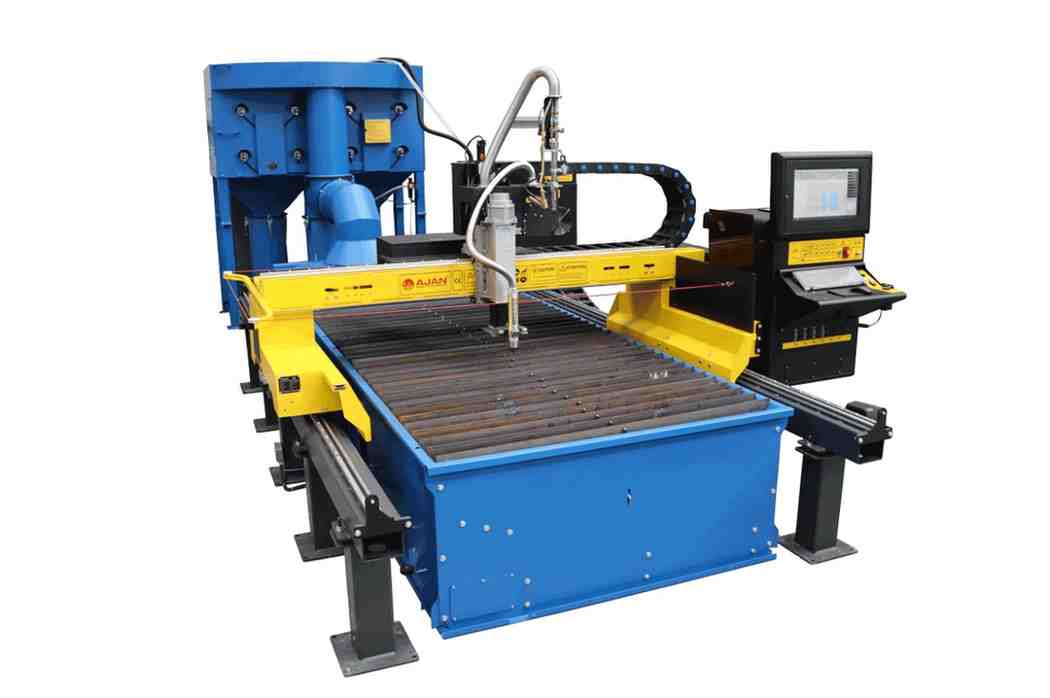


Plasma Cutting Machine stands as a transformative tool that not only meets but exceeds these demands.
In today’s fast-paced manufacturing and fabrication industries, precision is not just a requirement — it’s a competitive edge. Whether it’s cutting metals for construction, automotive parts, or artistic installations, having the right cutting technology can make a significant difference in the quality of the output. One such revolutionary tool is the Plasma Cutting Machine, renowned for its unmatched precision and efficiency in handling complex cutting tasks. This article explores how a plasma cutting machine enhances accuracy and productivity in cutting operations across various industries.
Before delving into the precision aspects, it’s essential to understand how plasma cutting works. Plasma cutting involves using a high-velocity jet of ionized gas (plasma) to cut through electrically conductive materials such as steel, aluminum, brass, and copper. When this ionized gas is passed through a constricted opening, it creates a focused arc capable of melting metal with incredible precision.
Unlike traditional mechanical cutting tools, which rely on blades or saws, plasma cutting is a non-contact method. This eliminates many mechanical limitations, allowing for cleaner, more accurate cuts even in intricate patterns or hard-to-reach spots.
One of the most defining attributes of a Plasma Cutting Machine is its ability to perform highly accurate cuts on complex geometries. Whether you’re cutting detailed patterns for automotive parts or intricate shapes for metal art, the machine ensures minimal deviation from the design. Computer Numerical Control (CNC) integration allows operators to input precise design files, resulting in cuts that match the intended shape to the smallest millimeter.
Traditional cutting methods often apply excessive heat or pressure to the material, leading to warping or deformation. Plasma cutting, particularly when performed using modern, high-frequency machines, applies concentrated heat only at the point of contact. This localized heat-affected zone (HAZ) reduces the risk of material distortion, helping maintain the integrity of the metal’s dimensions and properties.
Another advantage that adds to precision is the quality of the cut edge. The Plasma Cutting Machine delivers smooth, burr-free edges that usually require minimal post-processing. This not only ensures a cleaner final product but also significantly reduces the time and labor spent on finishing, allowing for tighter production cycles.
Precision is not just about achieving accuracy once; it’s about doing it consistently. Plasma cutting machines with automated control systems and software-driven processes allow for repeatable results across large production batches. This level of consistency is particularly important in industries where even slight deviations can result in functional defects or assembly issues.
In industries where precision determines safety and performance, plasma cutters are indispensable. From chassis fabrication to engine part manufacturing, precision cutting ensures parts fit and function as intended.
Custom metalwork requires flexibility and accuracy. Plasma cutting machines allow fabricators to fulfill bespoke orders with a high degree of accuracy and aesthetic appeal.
Be it structural steel or decorative elements, construction projects rely on precision cutting to avoid onsite modifications and ensure quick assembly.
In industries that deal with thick metal plates and high-strength alloys, plasma cutting provides both the power and accuracy required to meet demanding standards.
Use the Right Nozzle and Torch Settings: Adjust according to the material thickness and type to avoid overcutting or undercutting.
Regular Maintenance: Ensure that consumables like electrodes and nozzles are in good condition to maintain cut quality.
Software Calibration: Periodically update and calibrate your software for accurate translation of design files.
Training: Skilled operators are key to extracting the full potential of a plasma cutting machine. Regular training can help maintain high precision standards.
Precision in metal cutting is no longer a luxury; it is a necessity that defines product quality, structural integrity, and production efficiency. The Plasma Cutting Machine stands as a transformative tool that not only meets but exceeds these demands. From delivering clean, accurate cuts to reducing post-processing time and enabling automation, plasma cutting offers unparalleled advantages for industries of all sizes.
Whether you’re running a high-capacity fabrication plant or a small custom workshop, investing in a plasma cutting machine is a strategic move toward precision, consistency, and profitability.
